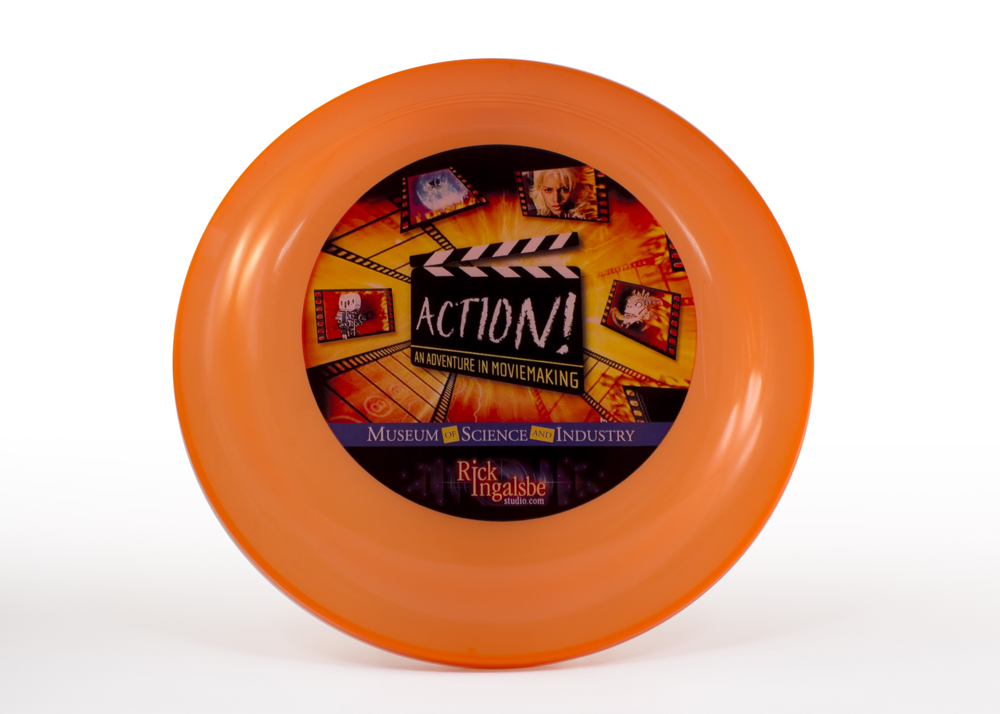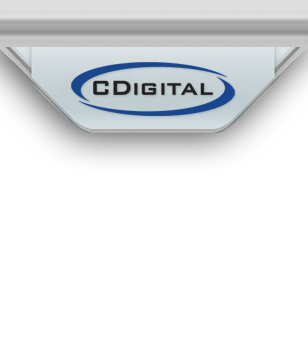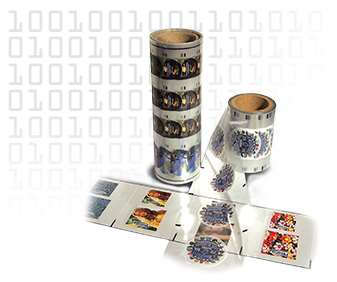
CDigital is the leader in digital heat transfers! If you are new to the digital heat transfer process, we will be more than happy to answer any questions.
You keep hearing about the benefits of these Digital Heat Transfers, but you are still unsure. Switching product decoration processes is a big decision and one that can really affect your bottom line. The benefits have to truly make the switch worth it.
Digital heat transfers have become increasingly popular amongst product and contract decorators. looking for simplified, cost effective, high quality, consistent product decoration.
How the Digital Heat Transfer Process Works
“There are none of the traditional set-up requirements or costs,” explains Matt Regan, CDigital senior vice president.
Step 1: Artwork
Because the entire process is digital, producing the artwork for the digital heat transfers is quick and easy. Simply send the artwork to the printer who will finalize the design before sending it to a high speed digital printer.
Step 2: Printing
The artwork is printed onto the underside of a polyester film using a five-color dry toner. The opposite side of the film is then coated with an adhesive formulated to adhere to your specific product, whether it’s a promotional pen, water bottle, travel mug, or whatever. Then the film is cut to the required dimensions for your product, wound on cores, and shipped directly to you.
Step 3: Decorating
The printed rolls can be loaded directly into a heat transfer machine at which time the operator sets the specific application parameters for the blank part. Then the substrate is loaded onto a nesting fixture and then transfer is applied using heat and pressure.
Repeat.
The decorated parts are dry and are ready to be packaged almost immediately after application. Glass and ceramic products, however, will require a post bake after application.
How the Digital Heat Transfer Process can Benefit Your Business
The Digital Heat Transfer Process is Dry
Now we don’t mean dry as in boring, but rather dry as in the opposite of wet. There are no dies, solvents, or chemicals. This means there is no mess to deal with, making setup and cleanup quick and easy and making it possible to seamlessly switch between substrates or transfers.
It’s a Four-Color Process
“Being digital, an almost endless array of process colors can be built using the cmyk+w spectrum,” said Regan.
Digital heat transfers are printed at 1200 dpi using the CMYK printing process and are capable of hitting over 10,000,000 colors with fluid gradients. The result: photo quality images. Digital printing also allows for the inclusion of variable data, such as barcodes, text, numbers, etc.
Making the Switch is Easy and Affordable
For many manufacturers and product decorators, making the switch to digital heat transfers is much more affordable than you probably think. This is because the hot stamp equipment you are currently using can be easily converted to work with digital transfers.
Want to Learn More about Digital Heat Transfers?
CDigital is the leader in digital heat transfers! If you are new to the digital heat transfer process, don’t worry. We will be more than happy to answer any questions you may have to help you get started.
Have a Question for CDigital?
Since 2001, CDigital has been an innovator in developing new systems and processes for using digital print technology to produce full color digital heat transfers for the product decoration industry.
If you have any questions the Digital Heat Transfer Process, please contact CDigital by calling 410-646-7800. Because we are both local and fully digital, we can turn jobs around faster and for less money than both overseas printers and local screen or pad printers.

